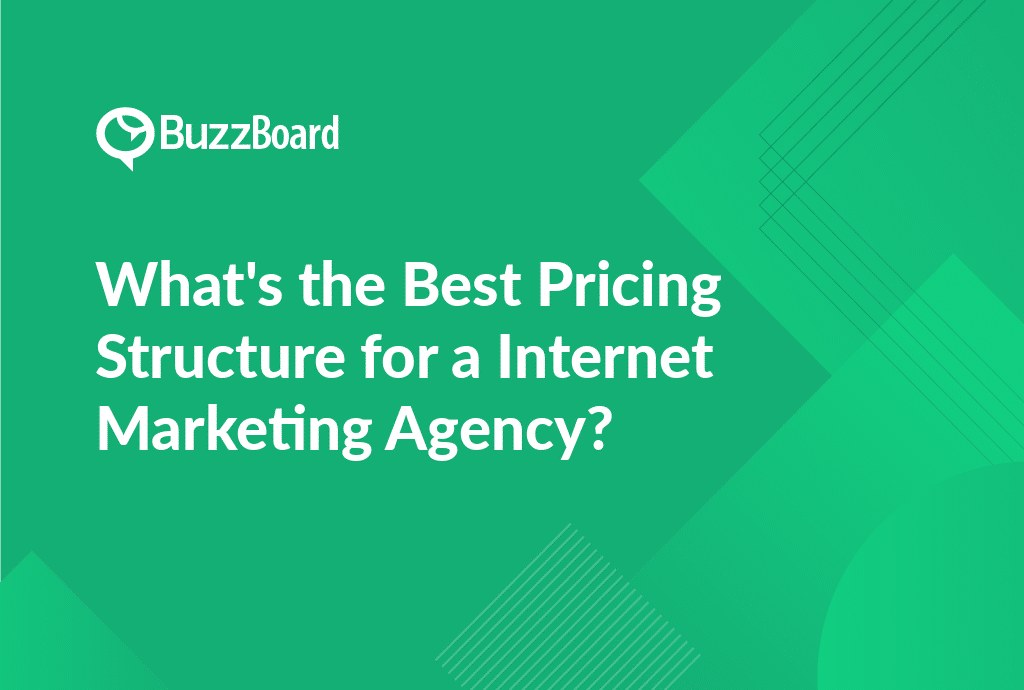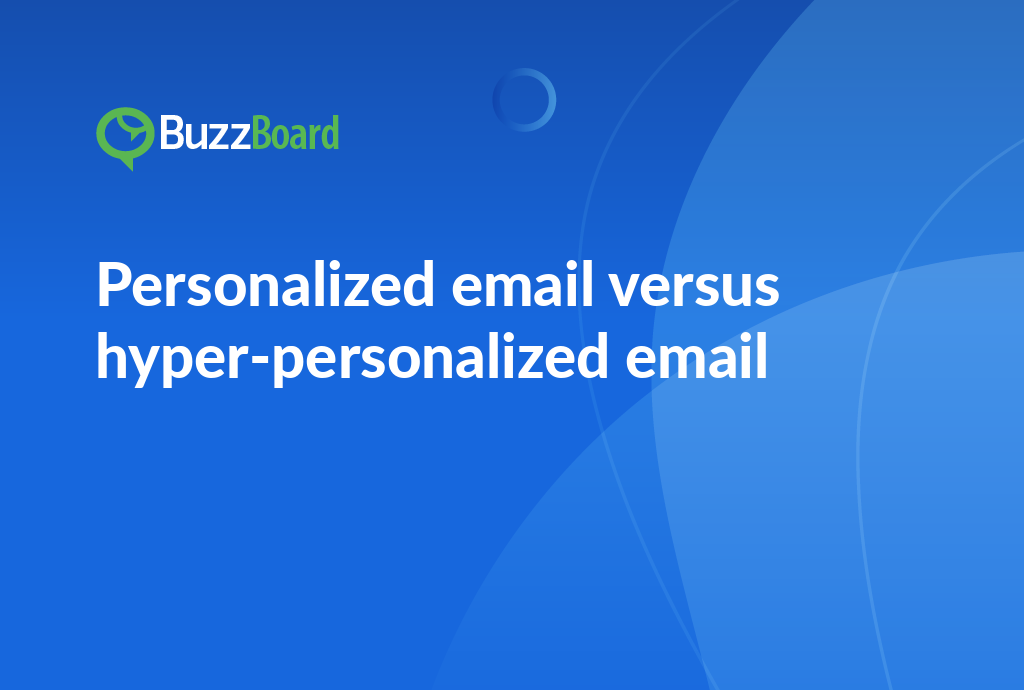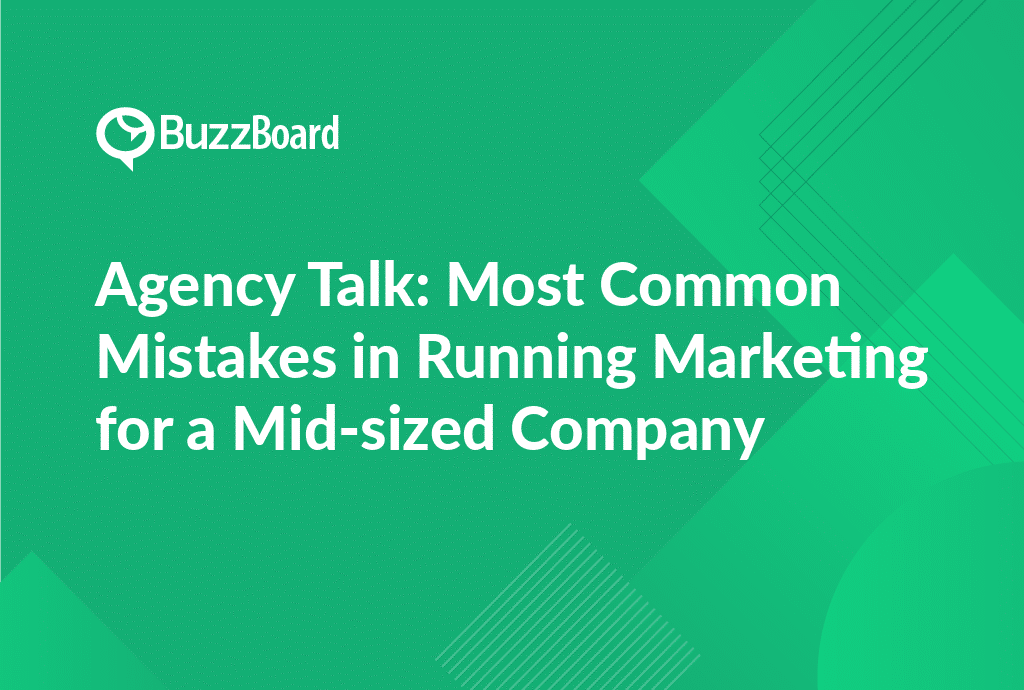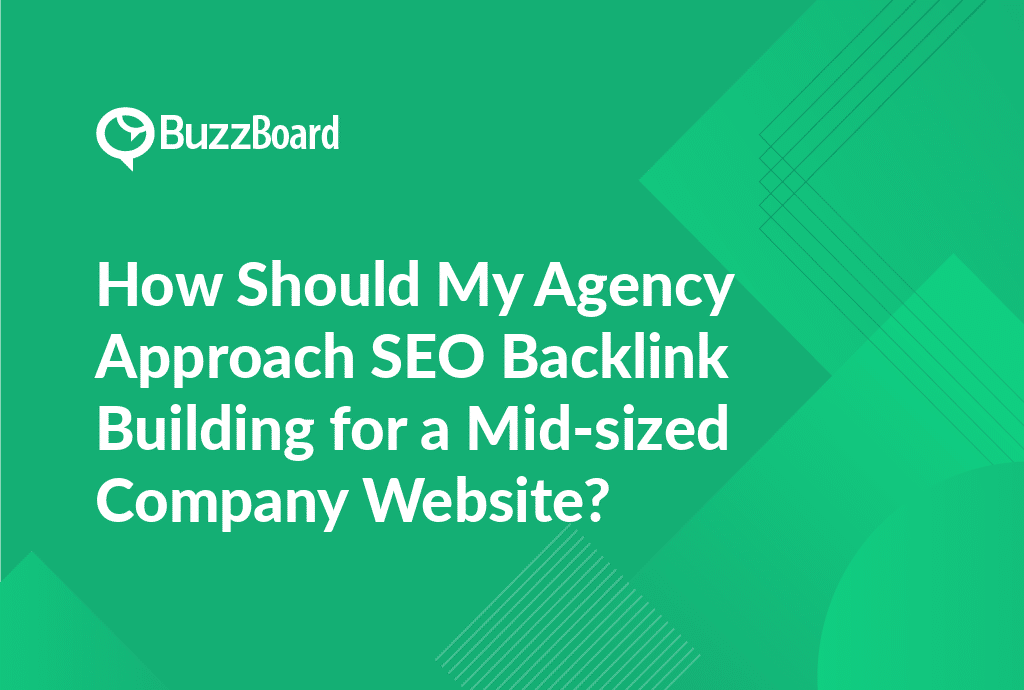What to Look for When Determining the Best Pricing Structure for a Small Internet Marketing Agency?
As a digital marketing agency, the pricing structure you adopt can greatly influence how small businesses perceive and receive your services. Ideally, the pricing model for a small internet marketing agency should meet your client’s needs while ensuring your business remains profitable.
Your agency’s pricing and packaging should be at the forefront due to the transparency they provide and how they position your services. Studies show that customers appreciate pricing transparency because it builds trust and facilitates transactions. In fact, having a clearly defined and communicated pricing structure can increase sales by up to 100%.
Your agency’s pricing should reflect not only the core service but also the value and the results delivered to the client. You can explore various models such as hourly rates, project-based rates, and retainer-based models.
Hourly rates may be ideal for short-term projects because they provide a clear understanding of the time spent on each task. Project-based rates are optimal for specific, defined projects, allowing for the possibility of negotiating pricing while estimating the total cost from the start. For long-term projects that provide steady income over a pre-determined period, a retainer-based model becomes viable, facilitating predictable revenue and fostering long-term client relationships.
When selecting the most suitable model for your agency, be mindful of your operational costs, expenses, and the market prices of your competition. This ensures you’re not underselling your services.
Your pricing for marketing services needs to cover costs and reflect the value you provide. While there’s no ‘one-size-fits-all’ model, a thorough analysis of your agency, clients, and market trends will guide your decision-making process.
The right pricing structure paves the way for consistent growth, profit maximization, predictable revenue, and long-term client partnerships, all while keeping clients satisfied.
Benefits of the Best Pricing Structure for Small Internet Marketing Agency and How It Impacts the Bottom Line
For a small internet marketing agency, determining an effective pricing for your offerings can often be a conundrum. Selecting an ideal pricing strategy is essential for capturing the right market value and boosting your bottom line, a challenge every marketing agency must confront. Here’s why choosing an efficient pricing scheme for your small internet marketing agency can drastically affect your business success.
Pricing your services in packages is a brilliant approach. An all-inclusive price and package strategy enable you to display the comprehensive value of your services, rather than in bits and pieces. This strategy helps clients comprehend the complete array of benefits your agency provides, encouraging a lasting commitment. Bundling prevents clients from price shopping or feeling they are paying ‘too much’ for a single digital marketing service.
Several pricing types are commonly used by marketing agencies, with value-based pricing topping the list. This model involves charging customers based on the perceived value of the services rendered, ensuring that the price mirrors the quality and efficiency of your offerings. Note that value-based pricing doesn’t mean a race towards the cheapest price, but rather reflects the expertise, results, and services your agency offers.
In addition to value-based pricing, businesses also adopt hourly rates or retainer pricing for marketing services. The choice depends on the client’s needs and your agency’s expertise. The key to a lucrative pricing structure is not essentially who prices the lowest, but who offers the most valuable solution.
Generally, small businesses are on the hunt for marketing agencies that grasp their unique needs and deliver top-tier solutions without a high price tag. Making sure your pricing clearly depicts this value proposition is vital.
Digital marketing agencies constantly need to fine-tune their pricing structures to align with industry standards and their distinct value propositions. In an increasingly competitive industry, crafting an effective pricing structure is crucial.
Investigating the Correlation Between Pricing and Packaging and the Success of Internet Marketing Agencies
Over the years, it has become increasingly clear that the success of a digital marketing agency largely hinges on its ability to effectively price and package its services. This correlation isn’t just anecdotal; it carries data-backed significance. For those managing internet marketing agencies, understanding the best pricing structures is essential.
Big agencies often leverage long-term, high-volume contracts. However, a small internet marketing agency requires a more nuanced approach. The key is to find a balance—a pricing model that is tolerable for small businesses and profitable for the agency.
Flat-rate pricing is a common structure used by many small digital agencies. It’s straightforward, predictable, and easy for clients to understand with no hidden costs or complicated metrics. However, the lack of customization can leave potential clients feeling underserved.
Contrastingly, performance-based pricing offers customization. This results-driven approach instills a level of trust and transparency in the agency-client relationship. It does bear the risk of a variable income dependent on performance.
A hybrid pricing model may be the optimum structure for a small internet marketing agency. This model blends the predictability of flat-rate pricing with the results-oriented, trust-inducing attributes of performance-based pricing—the best of both worlds, leading to a win-win situation for the agency and its clients.
When it comes to packaging, bundling several services together can enhance the perceived value. Done right, it can give customers a sense of receiving more value for their money. However, packages need to be flexible enough to cater to the unique needs of different businesses.
Pricing and packaging are just the start. The success of an internet marketing agency principally depends on the delivery of quality services that enhance a business’s digital footprint.
If you’re still wrestling with pricing for your marketing services, a business management professional can offer guidance on creating a model aligned with your services and market needs. Experimenting with various pricing structures may be the key to unlocking your agency’s growth and sustainability.
Understanding the Role of Pricing Structures in the Services Offered by Internet Marketing Agencies
The most significant obstacle often lies in determining the optimal pricing structure, one which aligns with the agency’s expertise level, the project scope, and the client’s budget.
A well-crafted pricing structure serves as the backbone of a profitable business model for any internet marketing agency. This structure generally addresses two pivotal areas: pricing and packaging, linking the services provided with their perceived value.
Rather than using a one-size-fits-all pricing structure, consider adopting customized pricing plans that cater to each client’s unique needs. Tiered pricing, with different packages priced according to their level of service and complexity, offers flexibility and choices to clients. They can compare the tiers and select the one that best aligns with their budget and objectives.
Additionally, consider the merits of value-based pricing, where the price is set based on your service’s perceived value to the customer. This approach accurately reflects the value you bring to the client’s business, instead of just charging for your time or completed tasks.
Hourly-rate pricing shouldn’t be overlooked, as it remains popular for projects with an uncertain timeline. Just ensure you keep track of each task performed to uphold transparency with clients and justify the billed hours.
The ideal pricing structure for a small internet marketing agency is scalable, transparent, and fair to both the agency and the client. It should foster profitability as well as nurture long-term client relationships.
How to Evolve Your Internet Marketing Agency’s Pricing for Marketing Services for Better Profitability
In the highly competitive landscape of the internet marketing industry, establishing an optimal pricing structure for your small internet marketing agency can be a daunting task. An integral component to consider when determining a pricing structure is its effect on your profitability.
Your internet marketing agency’s pricing structure plays a significant role in attracting and retaining clients, particularly small businesses. While no universal approach exists, it is essential to implement a thoroughly conceived pricing and packaging strategy to ensure financial stability and growth.
The initial step involves analyzing your agency’s strengths and unique selling propositions (USPs). Recognizing your value can give you the confidence to charge what you’re worth, with a clear reasoning for those prices. Additionally, you may consider different pricing structures such as project-based pricing, retainer-based pricing, or performance-based pricing.
Project-based pricing offers a single, lump-sum cost for a clearly defined project. This structure is ideal for targeting small businesses, which often prefer knowing the final cost upfront. Retainer-based pricing guarantees a steady, predictable income but requires transparency and clarity regarding the deliverables. Performance-based pricing is often trusted by small-scale businesses, as agencies are paid based on the achieved results.
Implementing multiple pricing options can cater to varying client preferences, but it doesn’t mean you should underprice your services. Remember, customers often equate price with quality.
Pricing for marketing services depends on several interconnected factors, such as project scope, the tools and resources used, cost of service delivery, and external market conditions. It’s advised that prices be regularly reviewed and adjusted to reflect these variables and maintain profitability.
To summarize, an appropriate pricing strategy should account for all costs, reflect your agency’s value, and adapt to market conditions to give your digital marketing agency a competitive advantage and boost profitability.









